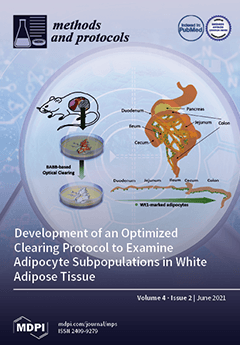Open AccessProtocol
A Pathway to Precision Medicine for Aboriginal Australians: A Study Protocol
by
Yeu-Yao Cheng, Jack Nunn, John Skinner, Boe Rambaldini, Tiffany Boughtwood, Tom Calma, Alex Brown, Cliff Meldrum, Marcel E. Dinger, Jennifer A. Byrne, Debbie McCowen, Jayden Potter, Kerry Faires, Sandra Cooper and Kylie Gwynne
Cited by 6 | Viewed by 4756
Abstract
(1) Background: Genomic precision medicine (PM) utilises people’s genomic data to inform the delivery of preventive and therapeutic health care. PM has not been well-established for use with people of Aboriginal and Torres Strait Islander ancestry due to the paucity of genomic data
[...] Read more.
(1) Background: Genomic precision medicine (PM) utilises people’s genomic data to inform the delivery of preventive and therapeutic health care. PM has not been well-established for use with people of Aboriginal and Torres Strait Islander ancestry due to the paucity of genomic data from these communities. We report the development of a new protocol using co-design methods to enhance the potential use of PM for Aboriginal Australians. (2) Methods: This iterative qualitative study consists of five main phases. Phase-I will ensure appropriate governance of the project and establishment of a Project Advisory Committee. Following an initial consultation with the Aboriginal community, Phase-II will invite community members to participate in co-design workshops. In Phase-III, the Chief Investigators will participate in co-design workshops and document generated ideas. The notes shall be analysed thematically in Phase-IV with Aboriginal community representatives, and the summary will be disseminated to the communities. In Phase-V, we will evaluate the co-design process and adapt our protocol for the use in partnership with other communities. (3) Discussion: This study protocol represents a crucial first step to ensure that PM research is relevant and acceptable to Aboriginal Australians. Without fair access to PM, the gap in health outcome between Aboriginal and non-Aboriginal Australians will continue to widen.
Full article
►▼
Show Figures






